An Alchemist creates a device that grants the user eternal life but curses them with a thirst for blood in the 1500s. In 1937, a building collapses killing the Alchemist because it pierces his heart, which is the only way to kill someone who has used the device. Jesus Gris, who runs a small shop that sells antique and vintage items, has a statue that is of an angel that holds this device. He removes the device and sets it aside, then later a burly man named Angel comes into the store in search of the angel, which he purchases. Later, Jesus and his grand daughter, Aurora, are looking at the device, which is a small gold device with a stone in the middle, and accidentally triggers it which unfurls its legs and clasps onto Jesus’s hand. Later that night, Jesus discovers that the device reversed his aging and health problems but caused him to develop a thirst for blood, and he uses the device again. As he uses this device, his concerned daughter peers at him from the top of the staircase. The next day, he returns to his shop to learn that it has been ransacked. On the table, there is a card on the floor with the burley man’s name and a location. He pays a visit to the location provided on the card and meets a rich dying businessman who has undergone various health treatments to no avail and has been researching this device in order to reverse his illness and achieve immortality. The businessman has been collecting angel statues in search of this device. Jesus does not give the man the device and claims he does not have it. Later, Jesus with his wife and Aurora go to a new years party, and he steps out after a man starts bleeding heavily. He follows the man to the bathroom where he then attempts to drink his blood from the floor but is then kicked in the head by Angel. The man drags him to a desolate location and attempts to beat the information to the device out of Jesus, who does not give in. The man ultimately ends up pushing Jesus off a cliff. It is revealed that Jesus survived the attack because his heart was not penetrated when the camera briefly shows an empty casket that is being put to be cremated. Jesus, who is believed to be dead by his loved ones, drags himself home and reveals himself to a frightened Aurora. Aurora and Jesus return to the businessman’s quarters, where the businessman offers him a “way out” in exchange for the device. The businessman peels back Jesus’s skin, revealing the same marble skin the Alchemist head in the scene at the beginning of the film. When Jesus hands over the device to the business, the businessman stabs him and attempts to kill him. As the businessman is about to deal the final blow, Aurora hits him in the head with blunt force, leaving him near death. Aurora and Jesus begin their escape, meanwhile Angel steps on the neck of the businessman, killing him. He then follows the two in an attempt to finish the job. The man brutally attacks Jesus, but Jesus who can sustain any injury as long as his heart is intact throws himself off the ledge, killing the man. Aurora uses the device to wake up Jesus, and Jesus is tempted to feed off of her because she is bleeding. Horrified by his temptation, Jesus destroys the device and returns home. He rests in bed and prays that the destruction of the device will free him from its curse.
Describes the setting of a scene in a play or a film. It refers to everything placed on the stage or in front of the camera—including people. In other words, mise en scène is a catch-all for everything that contributes to the visual presentation and overall “look” of a production. When translated from French, it means “placing on stage.”
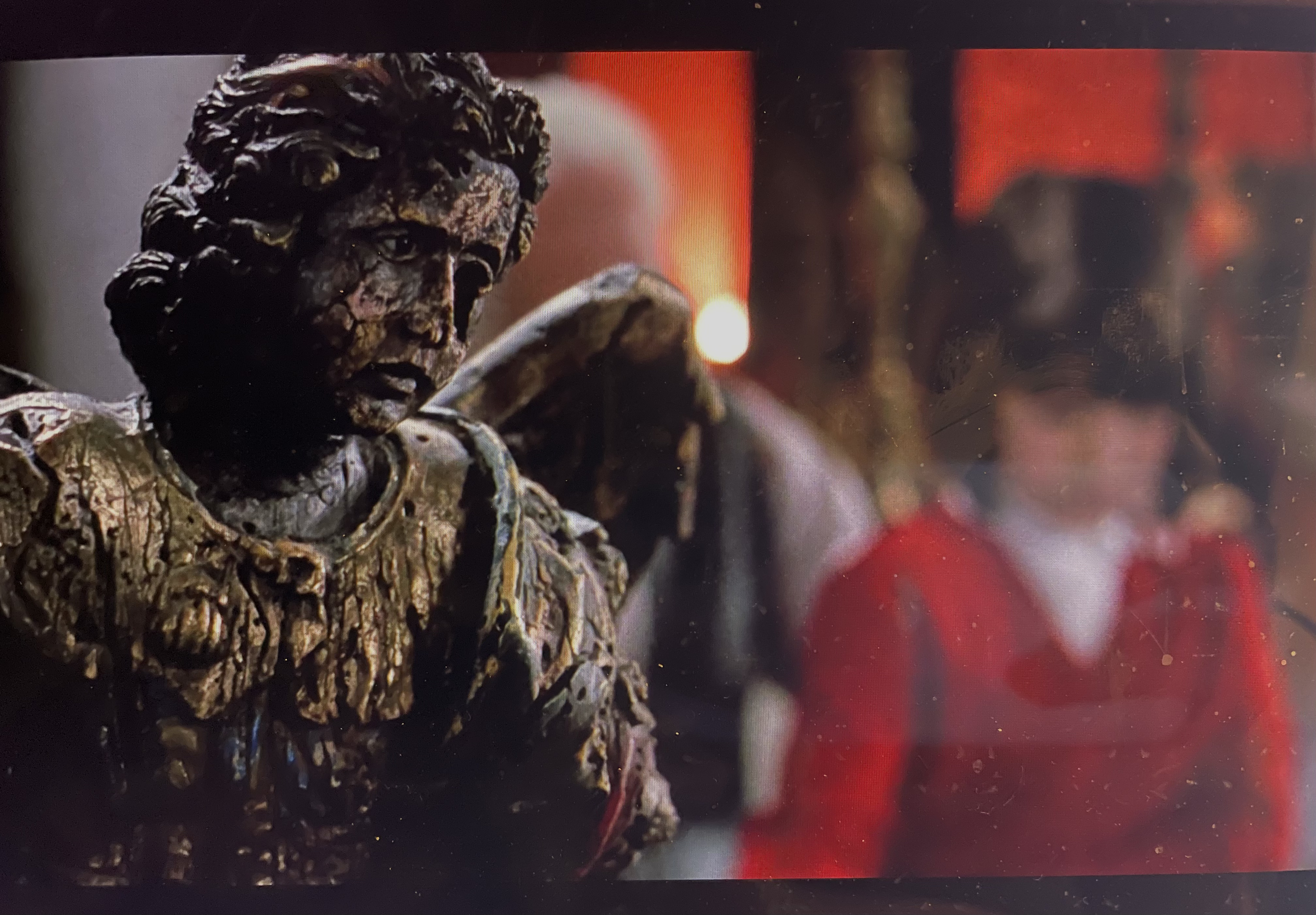



This is the art of photography and visual storytelling in a motion picture or television show. Cinematography comprises all on-screen visual elements, including lighting, framing, composition, camera motion, camera angles, film selection, lens choices, depth of field, zoom, focus, color, exposure, and filtration. Cinematography sets and supports the overall look and mood of a film’s visual narrative. Each visual element that appears on screen, a.k.a. the mise-en-scène of a film, can serve and enhance the story—so it is the cinematographer’s responsibility to ensure that every element is cohesive and support the story. Filmmakers often choose to spend the majority of their budget on high-quality cinematography to guarantee that the film will look incredible on the big screen.
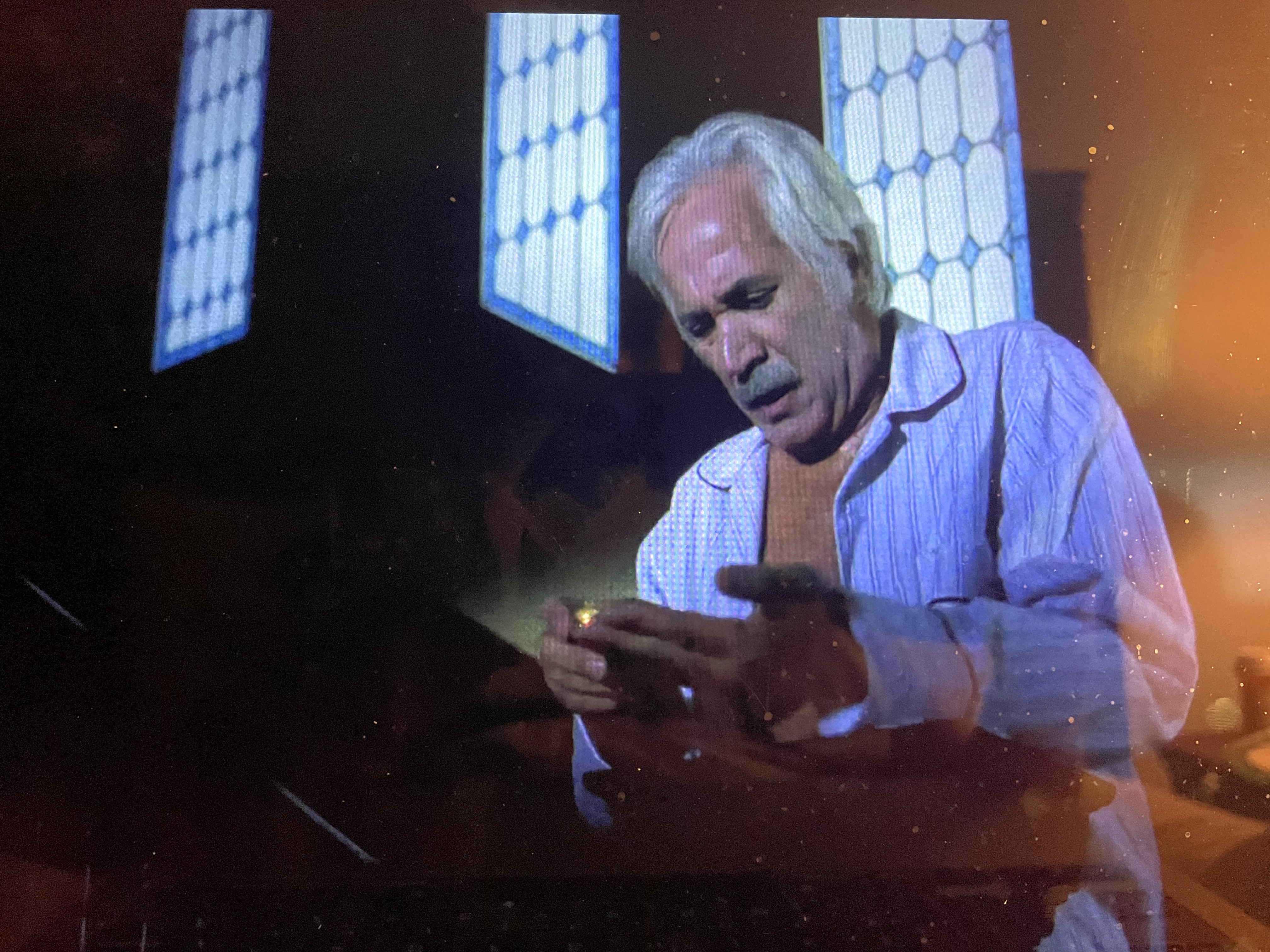

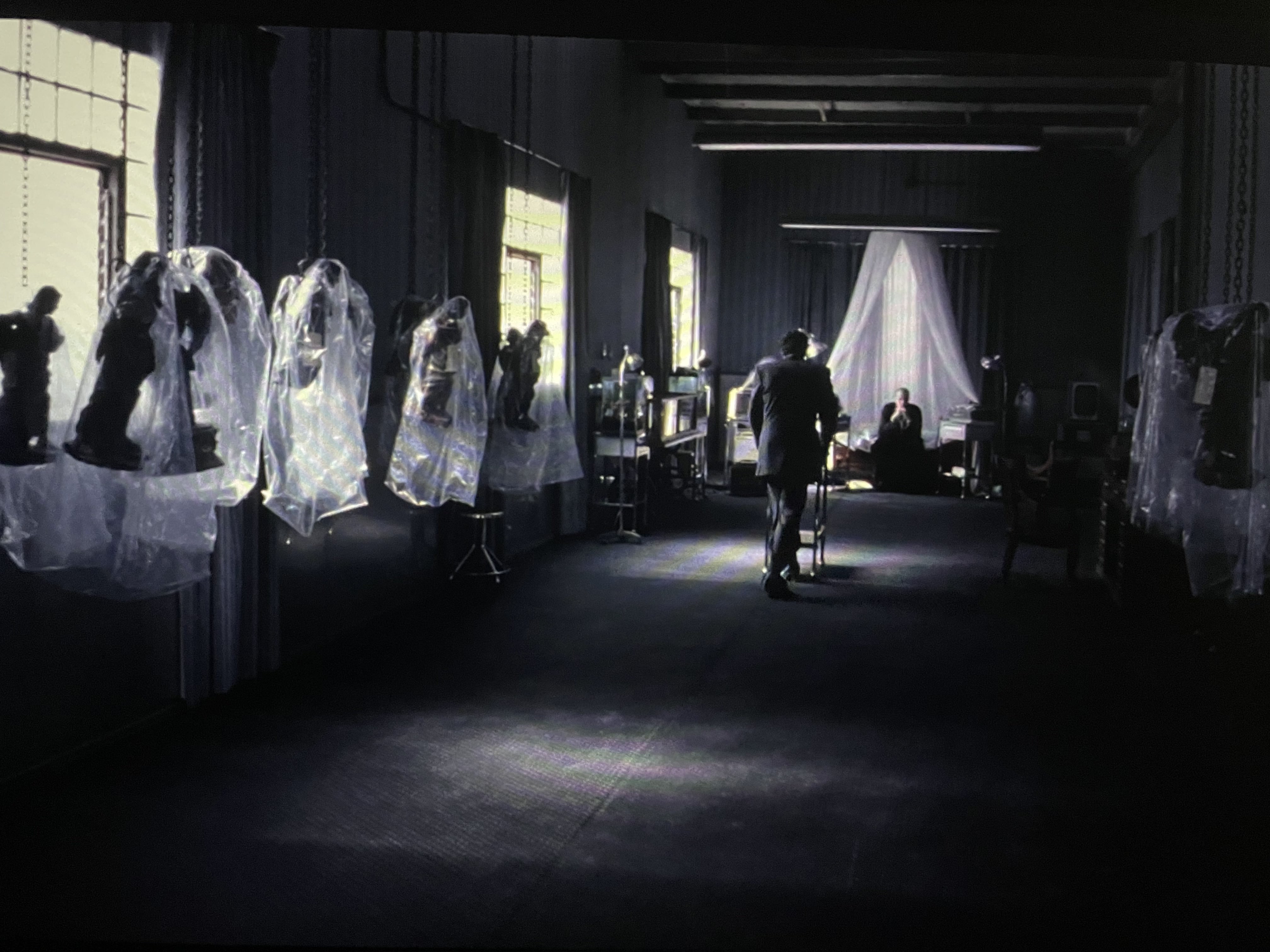


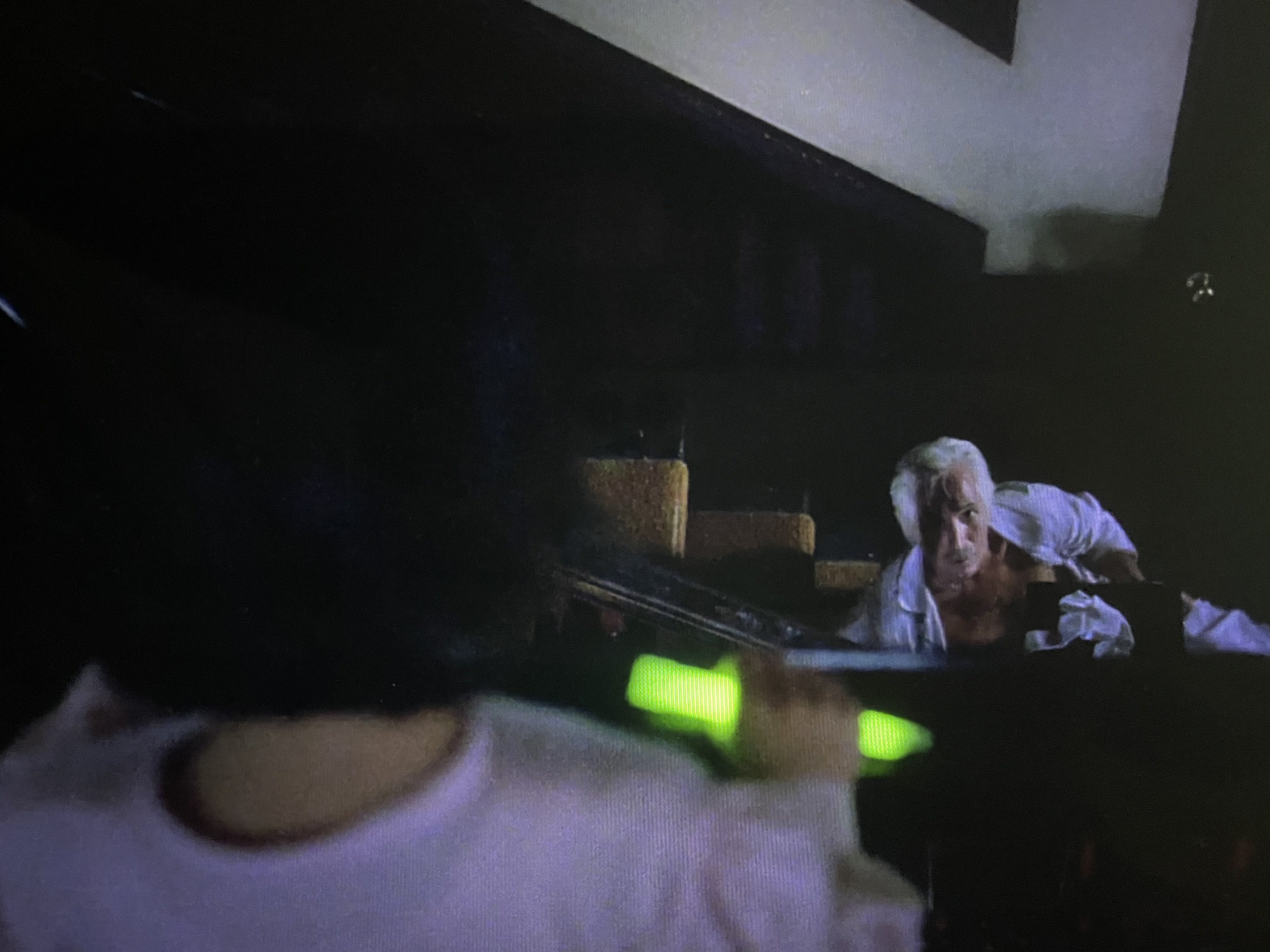
Editing is the process of putting a film together–the selection and arrangement of shots and scenes. Editing can condense space and time, emphasize separate elements and bring them together, and organize material in such a way that patterns of meaning become apparent. In addition, editing can determine how a film is perceived: for instance, quick, rapid cuts can create a feeling of tension, while a long take can create a more dramatic effect. The first photoplays generally had no cutting, owing to the fact that they were single-reel films; once filming began, you could not stop until the film ran out. (https://filmglossary.ccnmtl.columbia.edu/term/editing/)

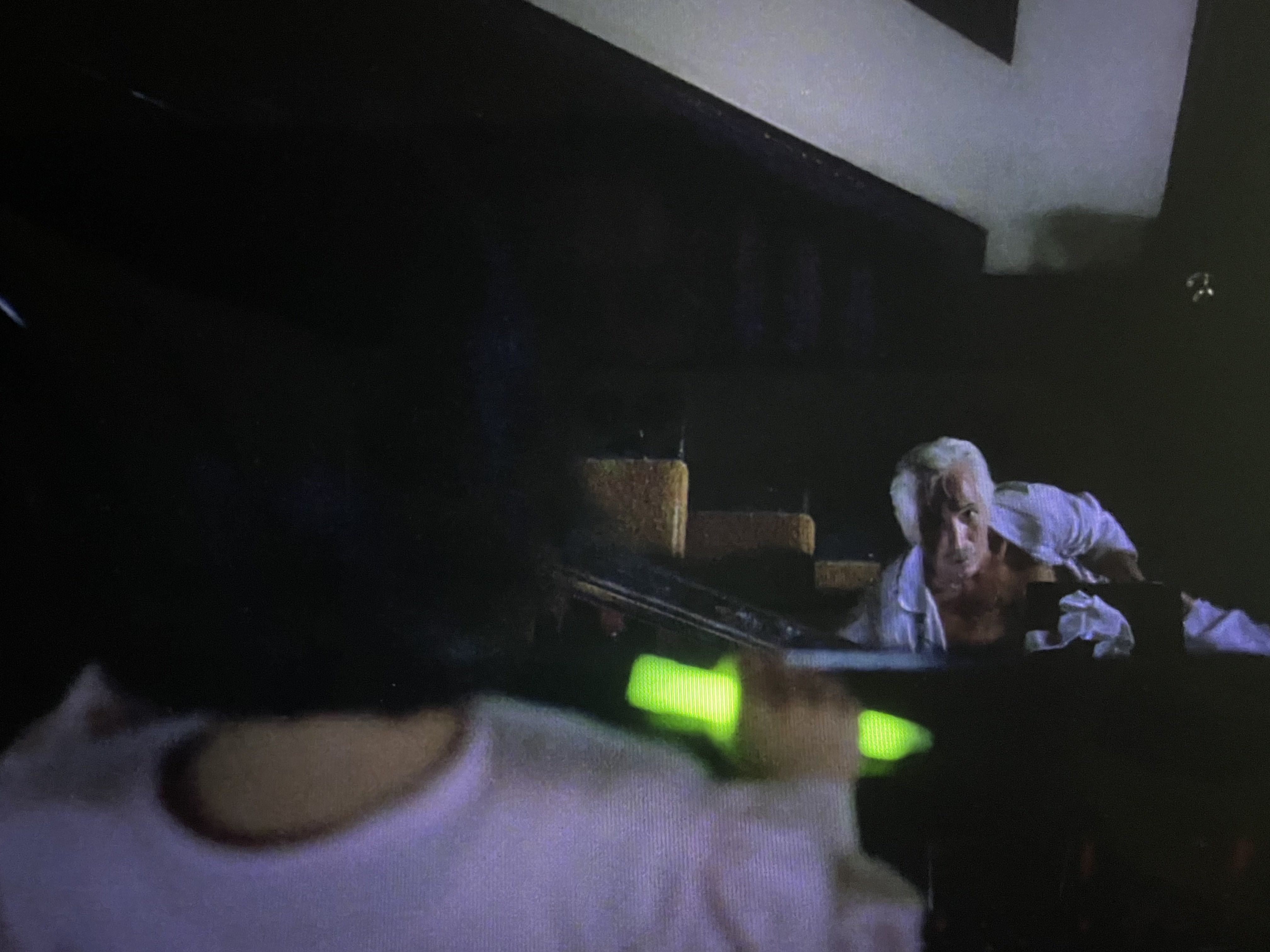

Sound is an integral part in a film. It refers to everything that the audience hears including sound effects, words and music. Sound is used in films for various purposes, including: providing the information to the viewer about the location of the scene, heightening the mood, telling the audience about the characters and advancing the plot. Every person who watches a film realizes that the choice of voices, soundtrack and music present in a film affect the way that the viewer perceives a particular film. As a result, the sound is an important and integral element of the film, one that determines the way that the viewer experiences and understands a film as a visual experience.
Narrative analysis is an examination of the story elements, including narrative structure, character, and plot. A narrative can be considered to be the chain of events in a cause-effect relationship occurring in time and space. In order to analyze the narrative of a film, we need to first make the distinction between the plot of the film and the story of the film. This is sometimes referred to as the discourse and story of a film. Narrative may also be called the story thought story mainly refers to the events that describe the narrative.
Film genres are various forms or identifiable types, categories, classifications or groups of films. (Genre comes from the French word meaning "kind," "category," or "type"). These provide a convenient way for scriptwriters and film-makers to produce, cast and structure their narratives within a manageable, well-defined framework. Genres also offer the studios an easily 'marketable' product, and give audiences satisfying, expected and predictable choices. Genres refers to recurring, repeating and similar, familiar or instantly-recognizable patterns, styles, themes, syntax, templates, paradigms, motifs, rules or generic conventions.
Cronos. Directed by Guillermo del Toro. 1993.
